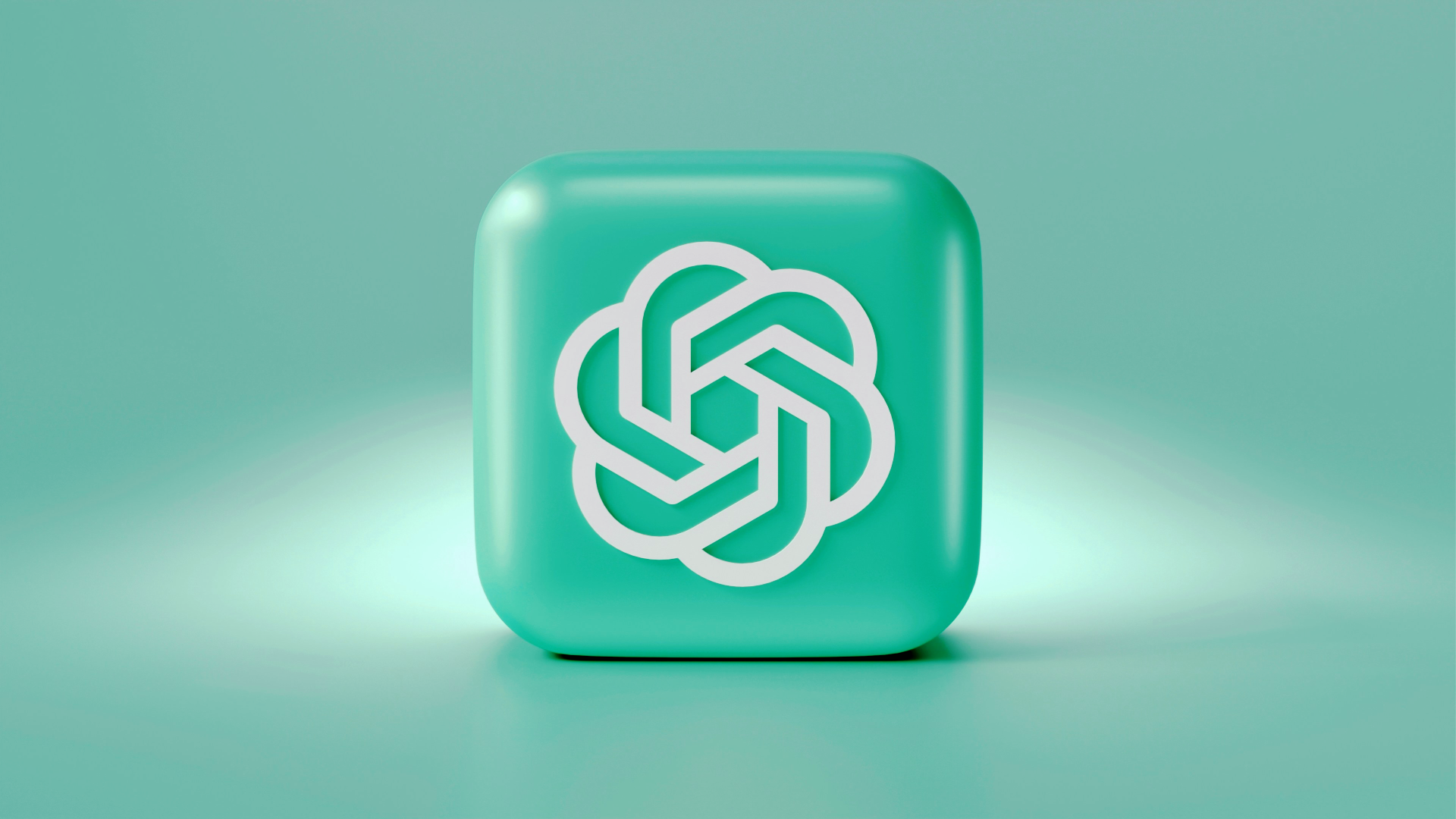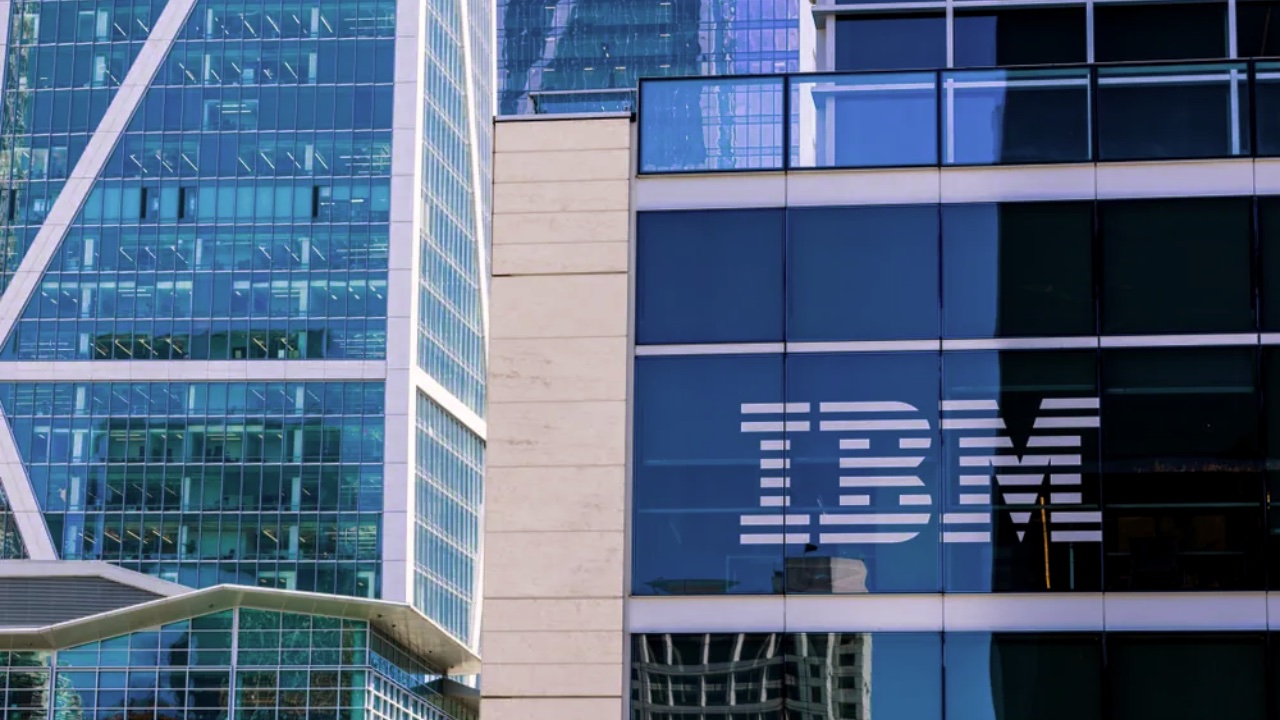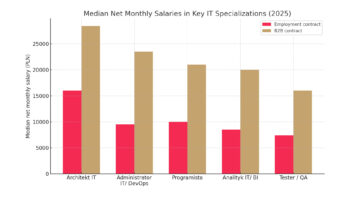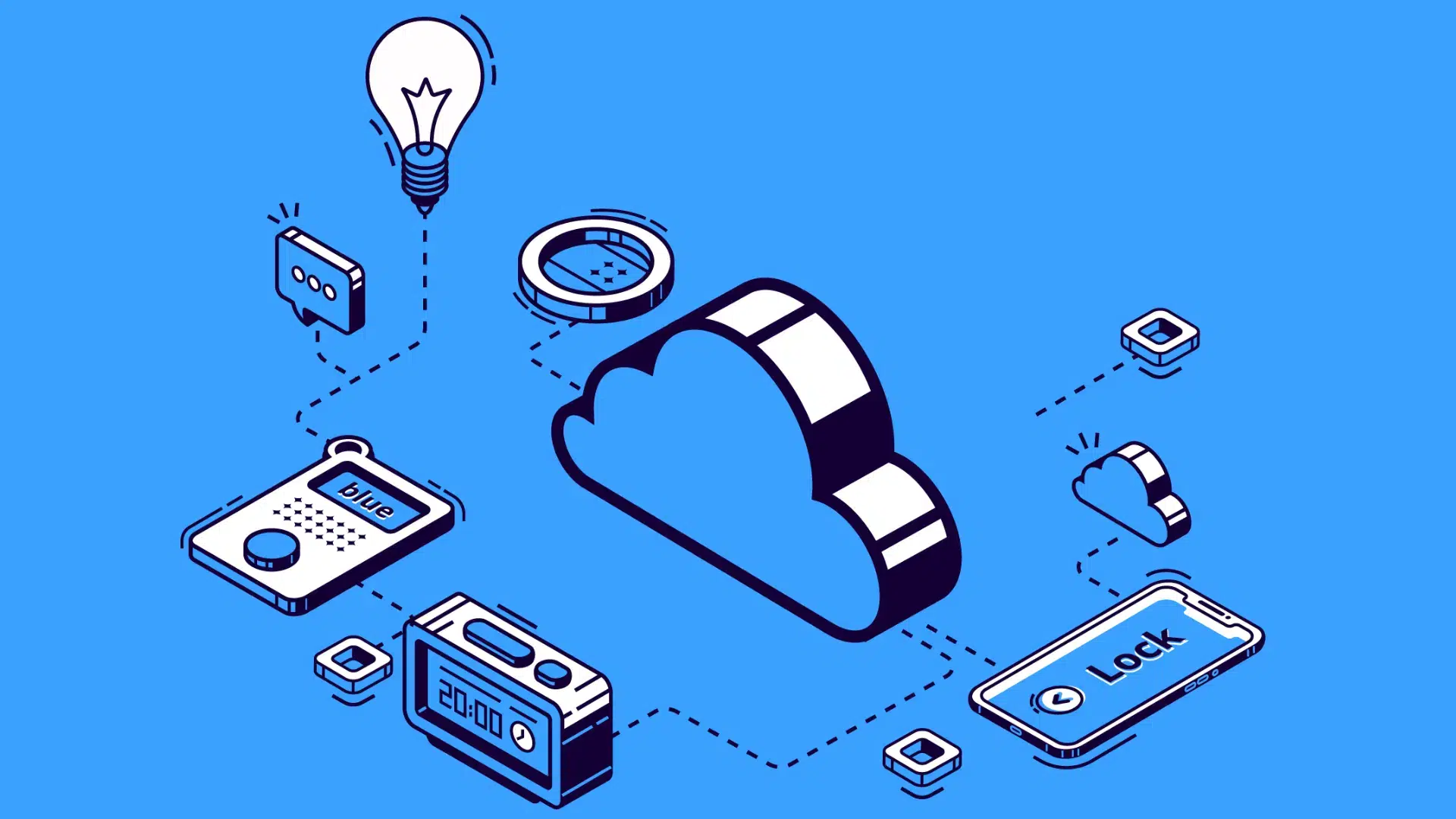The cloud promised a simple revolution: you only pay for what you use, without having to invest in expensive infrastructure. Edge computing, on the other hand, was supposed to be the answer to the challenges of processing speed and local independence. In practice, both models have hidden costs that surprise even the most experienced CIO. Increasingly, the decision on data architecture is not a question of technology, but of economic calculus, in which not only the expense of hardware or services, but also the price of latency and the risk of downtime must be taken into account.
The promise of cheap cloud
For years, cloud computing was regarded as the cheapest and easiest option for IT modernisation. The subscription model and the lack of investment in hardware gave businesses the illusion of unlimited flexibility. With just a few clicks, a new test environment could be launched, computing power could be expanded or an application could be made available to global teams.
According to Canalys, global spending on cloud services will grow by another 19% in 2025, continuing the double-digit growth rate seen for the past decade. The growing popularity of generative AI is further driving this trend – without the cloud, training and maintaining such models would be unfeasible for most companies.
However, simplicity and a low entry threshold come at a price. Many CIOs have already learned that the pay-as-you-go model does not always mean predictability. Cloud bills can escalate in ways that are difficult to control, especially when applications are running continuously and data transfers to and from the cloud reach hundreds of terabytes per month.
The hidden costs of cloud computing
The most obvious problem of the cloud is the accumulation of costs over time. A solution that is cheap in the first few months can become a budget burden after a few years. Data storage charges are often overlooked, especially for big data analytics or AI projects, where petabytes of information are involved.
The second factor is egress costs, i.e. charges for pulling data from the cloud. Companies that flip large volumes between clouds or between cloud and local data centres quickly discover that the final bill deviates from the original assumptions.
The risk of vendor lock-in is also not insignificant. Migration to another provider is rarely cheap and simple, meaning organisations are doomed to the financial terms of the chosen player. Finally, compute-intensive workloads – e.g. training machine learning models – in the cloud can prove more costly than investing in a specialised on-premise infrastructure.

Edge computing – reverse cost logic
Edge computing proposes a completely different approach. Instead of sending data to distant data centres, it processes it locally – on end devices, in routers, IoT gateways or in miniature data centres located closer to users.
The primary advantage of this model is low latency and greater operational resilience. In many industries – from automotive to industrial to smart cities – the ability to make split-second decisions is crucial. It is the edge that allows data to be analysed in real time, without the risk of losing connectivity to the cloud.
Cost-wise, the logic of edge is the opposite of cloud. The initial outlay (CAPEX) is high – you need to buy equipment, invest in local nodes and prepare a team to manage the distributed infrastructure. However, in the long term, operational costs (OPEX) are more stable. Companies save on data transmission to the cloud, reduce bandwidth consumption and avoid egress charges.
IDC forecasts indicate that spending on edge computing will reach US$261 billion in 2025 and US$380 billion three years later. This shows that businesses are willing to pay more upfront costs in exchange for long-term benefits.
When edge becomes cheaper than the cloud
The choice of IT architecture is rarely zero-one. However, there are scenarios where edge wins not only technically, but also financially.
- Industry and manufacturing – IoT sensor data generated in factories counts in terabytes per day. Sending them to the cloud in their entirety is not only costly, but also unnecessary. Edge allows you to filter and analyse the data locally, sending only valuable results to the cloud.
- Smart cities – monitoring systems, traffic management or critical infrastructure require real-time response. Local processing eliminates the costs associated with maintaining continuous connectivity and large transfers.
- Automotive – autonomous vehicles cannot wait for an answer from the cloud. Edge becomes not only the cheaper solution here, but in fact the only possible solution.
In such cases, the savings come from the reduction of traffic to the cloud and the reduction of transfer costs, which at large scale can outweigh the expenditure on local infrastructure.
The new mathematics of the CIO
For IT directors, the decision to choose cloud or edge increasingly comes down to an equation: CAPEX vs OPEX.
- Cloud – low upfront costs, high and rising operating cost.
- Edge – high initial cost, more stable operating cost over time.
Added to this is the ‘price of delay’ – a factor increasingly included in calculations. In some industries, milliseconds of delay can mean millions of dollars in losses.
Therefore, hybrid models that attempt to combine the advantages of both approaches are growing in popularity. Critical data is processed locally, while the cloud remains the place for long-term storage and analysis.
The future: cloud-to-edge optimisation
According to Forrester, the infrastructure of the future will not be an ‘either-or’ choice. A cloud-to-edge approach – an orchestrated mix of centralised and distributed services, tailored to specific business needs – will dominate.
In such a model:
- The cloud remains the foundation for scalability, global access and long-term analytics,
- edge is responsible for speed and autonomy of action in critical scenarios,
- and fog computing, an intermediate architecture, enables more sophisticated processing hierarchies.
The development of 5G, IoT and artificial intelligence means that enterprises will need to learn to design distributed architectures in which cost and performance are balanced dynamically – depending on the type of data, risk and operational requirements.
The debate about whether cloud or edge is better is increasingly proving to be a false dilemma. The key question is not ‘which technology to choose’, but where the data should be processed so that the unit cost of operations makes business sense.
The cloud is not going away – its global reach and flexibility are irreplaceable. Edge, on the other hand, is not a panacea, but in an increasing number of scenarios it is becoming the only viable route. The bottom line is that the winner is not the model that seems cheaper at the start, but the one that, in the long term, allows an organisation to balance cost, performance and risk.












